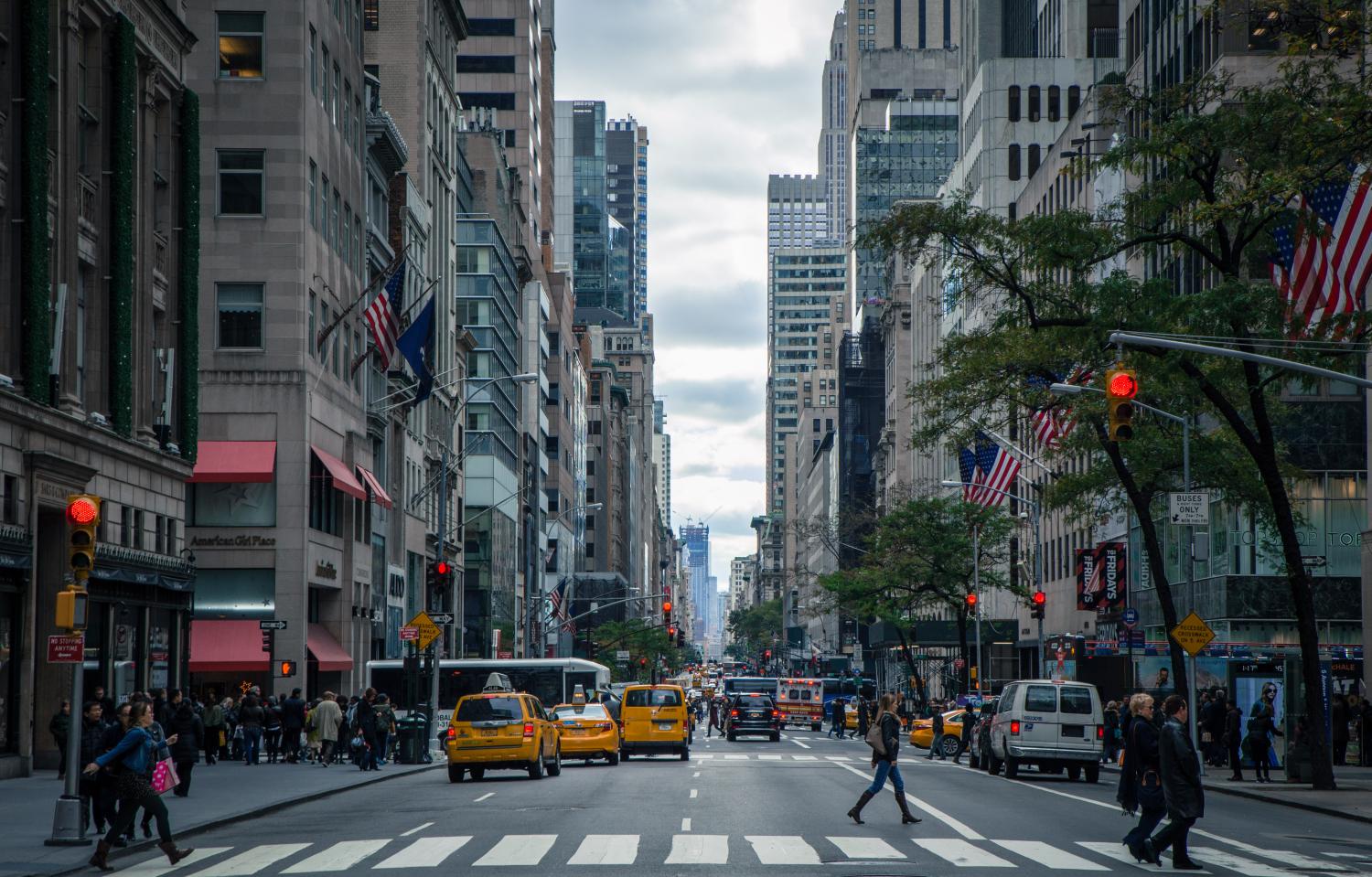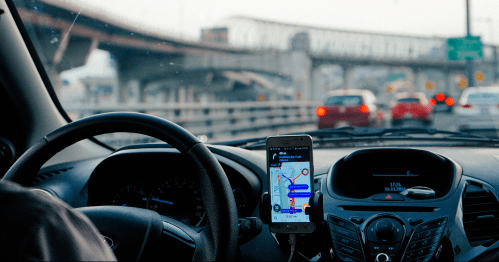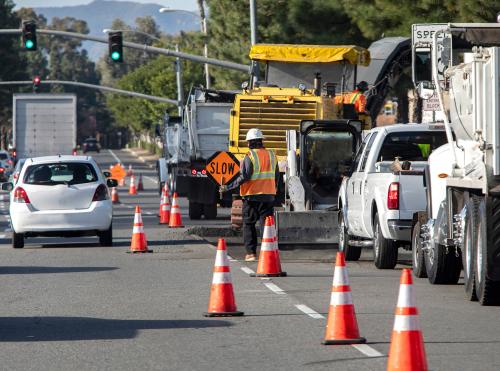America’s roadway network is one of the country’s most essential infrastructure systems. Whether traveling by car, bus, bike, or foot, over 140 million workers use the country’s streets to get to work, and millions more depend on them for a range of personal trips to stores, schools, and other destinations. Businesses across the country, meanwhile, rely on roadways to get their products to and from markets. As such, ensuring roads are safe for all travelers is a national priority.
Unfortunately, the country’s roads are often unsafe. Over 40,000 people die annually in traffic crashes according to the most recent federal estimates, and the number is rising. Combined with non-fatal incidents, unsafe roads cause over $800 billion in net societal losses per year. As the country’s population and economy continue to grow—putting more vehicles and people on the roads—designing safer streets and improving supporting laws and policies will help ensure road incidents do not grow in tandem.

Cutting-edge data can be one foundational tool to deliver safer streets, especially in cities. The widespread deployment of sensors—from smartphones in people’s pockets, to in-vehicle GPS trackers and navigation devices, to environmental monitors on buildings—offers new ways to capture real-time data on how people travel. Ideally, this new form of observation can enable engineers, planners, and other city officials to redesign streets in pursuit of improved safety.
Many of the most promising datasets are the sole property of private firms, however, making them critical partners to public agencies responsible for designing and delivering safer streets.
Fortunately, road safety is one of those rare policy areas today with near perfect alignment of objectives between the public and private sectors. While the public sector—in collaboration between cities, states, and the federal government—endeavors to ensure all individuals travel safely between their key destinations, the private sector also relies on safer streets to maximize business outcomes, such as more efficient product deliveries, a healthier workforce, and reduced insurance claims. Everyone wins with safer streets.
The challenge, then, is to design policies that promote improved data sharing among public, private, and civic entities. Those systems must address concerns of data privacy and cybersecurity, creating a culture of appropriate transparency and trust between all parties. But it’s also not enough to simply have more data—those systems must also create findings that lead to safer street design, management, and usage. Nor does the entire challenge rest on the public sector: as government staff design and implement new policies, private sector staff must be patient, willing collaborators, and absorb some risk.
If designed effectively, however, the returns are almost priceless: eliminating hundreds of billions of dollars in economic losses, and protecting families from injuries and loss of life. Moreover, purchasing, installing, and operating such systems costs far less than the avoided economic losses. Now is an ideal time to scope a new kind of public-private partnership focused exclusively on data exchange and system design.

Using the results of an expert workshop held at The Brookings Institution in May 2017, this brief explores the connection between city road safety and data from a variety of public, private, and civic perspectives. It finds that while data can certainly improve the design and management of city streets, as well as behavioral and business practices, the barriers to wide-scale sharing and new system adoption are equally significant. Moving forward, governments at all levels and their private sector peers will need to rethink data standards, procurement policies, and measurement techniques—as well as privacy and cybersecurity—to maximize road safety.
The Brookings Institution is committed to quality, independence, and impact.
We are supported by a diverse array of funders. In line with our values and policies, each Brookings publication represents the sole views of its author(s).










